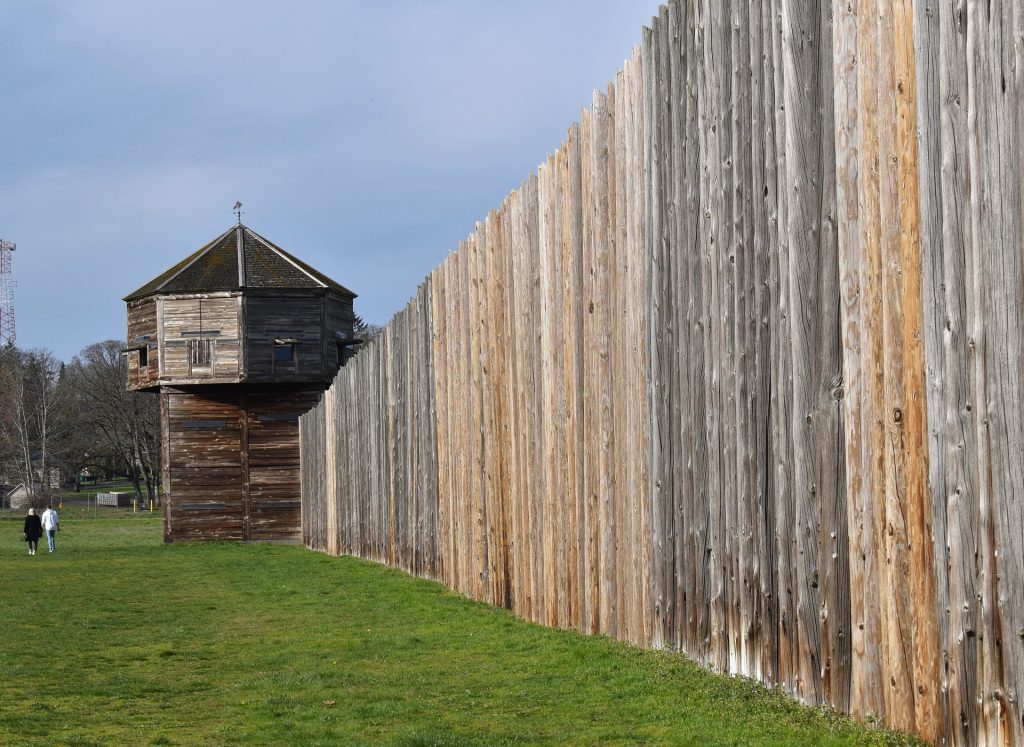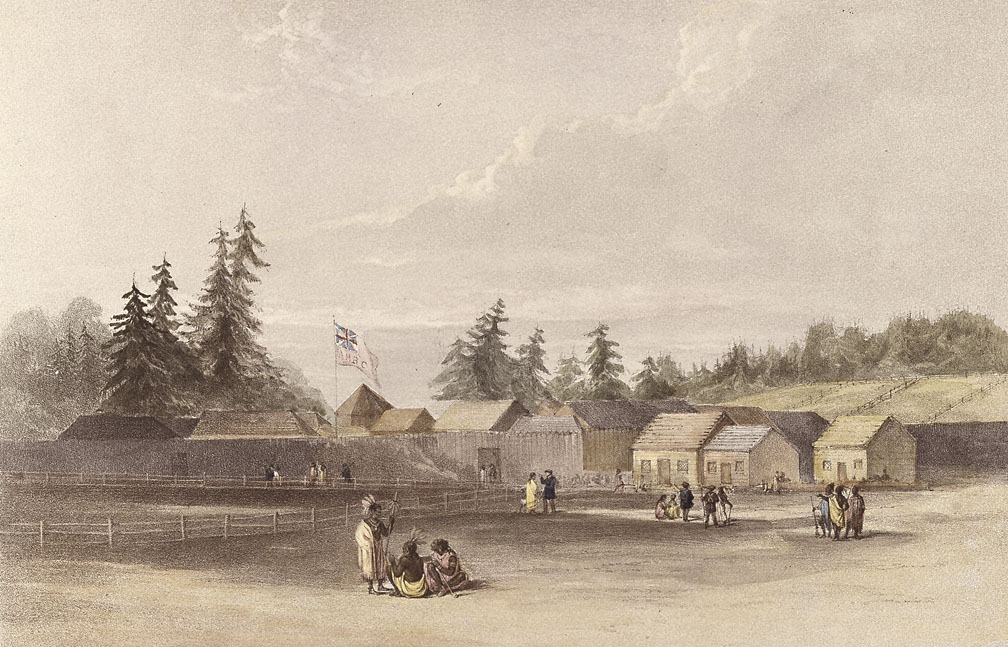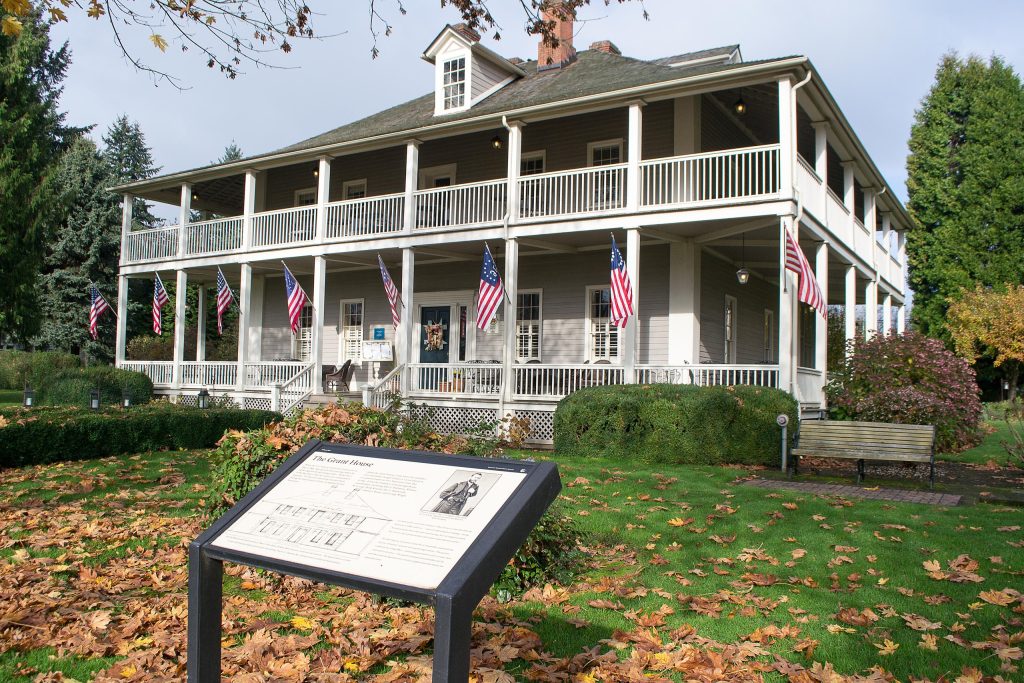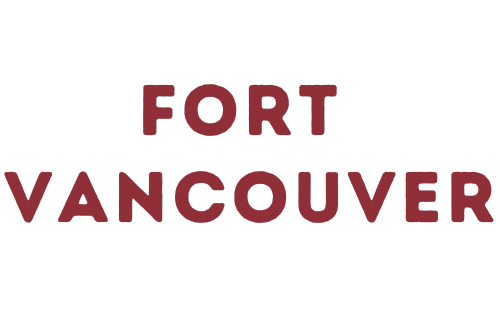Hudson's Bay Company History
Impact at Fort Vancouver and the Region
Introduction to The Hudson's Bay Company
The Hudson's Bay Company (HBC), one of the oldest commercial corporations in the world, remains emblematic of the fur trade era's dynamism and the broader arc of North American colonial history. Rooted in exploration and trade, its footprint expanded vastly over centuries, with the Pacific Northwest playing a crucial role in its operations.
Overview of the Hudson's Bay Company (HBC): Origins and Primary Objectives
Established in 1670, HBC was the brainchild of a group of English merchants, buoyed by Prince Rupert of the Rhine, who was eager to tap into the fur-rich hinterlands of North America. With a royal charter in hand, the company was granted exclusive trading rights over the watershed draining into Hudson Bay. Its initial objective was straightforward: capitalize on the thriving European demand for furs. The pelts, especially beaver, fetched handsome prices, turning fur into a lucrative business. Over time, however, the HBC's ambitions weren't confined to trade. It began wielding significant political and economic influence, shaping the contours of colonial North American territories.
Expansion of HBC's Operations Across North America
The company's dominance in the Hudson Bay area was just the beginning. In the 18th and 19th centuries, HBC spread its tentacles further westward and southward, setting up trading posts, forts, and settlements. It ventured into uncharted territories, forging alliances with Indigenous communities and occasionally clashing with rival fur companies. The merger with the North West Company in 1821 further bolstered its operations, eliminating significant competition and giving HBC control over an even larger swathe of North America. From the icy shores of the Arctic to the temperate climates of the Pacific Northwest, HBC's emblem – a simple shield with four beavers – became synonymous with fur trade.
The Strategic Importance of the Pacific Northwest to the Company's Fur Trade Operations
The Pacific Northwest, with its dense forests, abundant wildlife, and navigable rivers, was a treasure trove for HBC. Recognizing its potential, the company established Fort Vancouver in 1824 on the northern bank of the Columbia River. This fort wasn't just another trading post; it was envisioned as the administrative and commercial hub for HBC's operations in the vast Columbia Department.
The area's indigenous populations, already seasoned in trapping and trading, became vital allies for HBC. However, Fort Vancouver was more than just a commercial center; it was a melting pot where diverse cultures converged. The fort witnessed the emergence of the Métis community, a blend of European and Indigenous heritages, further enriching the region's cultural tapestry.
But the Pacific Northwest's strategic value also made it a focal point of geopolitical tussles. As American settlers pushed westward, tensions simmered. HBC's dominance in the region was challenged, setting the stage for subsequent territorial disputes and negotiations.
In conclusion, the Hudson's Bay Company's legacy is intricately woven into North America's fabric. From its foundational objectives to its expansive reach, with the Pacific Northwest as a pivotal arena, HBC's history is a testament to the commercial zeal, exploration spirit, and cultural exchanges that shaped a continent.
Fort Vancouver: The Hudson's Bay Company Bastion in Washington
Amidst the vast landscapes of the Pacific Northwest, Fort Vancouver stands as a testament to the Hudson's Bay Company's (HBC) entrepreneurial spirit and the rich tapestry of history it wove in this region.
The Establishment of Fort Vancouver as a Central Fur Trading Post
In the early 1820s, as the Hudson's Bay Company sought to consolidate its fur trade operations in North America's western reaches, it saw the promise of the Pacific Northwest. The verdant forests and abundant wildlife made it an attractive location for fur trading. By 1824, on the northern banks of the Columbia River, Fort Vancouver was established. Far from being a mere outpost, it quickly became the heartbeat of HBC's activities in the region, drawing traders, explorers, and settlers.
Fort Vancouver: The Administrative Epicenter for HBC's Columbia Department
- i. Trading Activities, Indigenous Interactions, and the Rise of the Métis Community: Fort Vancouver's importance went beyond trade. As the administrative nerve center of the vast Columbia Department, it became a bustling hub of activity. The fort facilitated interactions with indigenous tribes, turning them into allies and trading partners. The goods traded went beyond furs, encompassing items like salmon, agricultural products, and manufactured goods. Moreover, these interactions birthed a new community - the Métis, descendants of European traders and Indigenous women, further enriching the cultural milieu of the fort.
- ii. Challenges Faced: American Encroachment, Competition, and Transition to U.S. Control: Yet, Fort Vancouver's prominence also brought challenges. American settlers, driven by the spirit of Manifest Destiny, began trickling into the region. Their presence posed threats to HBC's monopoly. The 1840s saw heightened competition, not just from American fur traders but also from settlers looking to establish permanent homes. By the late 1840s, with the Oregon Treaty of 1846 and shifting geopolitical dynamics, Fort Vancouver's British chapter was drawing to a close, heralding an era of U.S. control.
Economic, Cultural, and Political Impacts of HBC's Presence at Fort Vancouver on the Broader Pacific Northwest
HBC's footprint at Fort Vancouver left indelible marks on the Pacific Northwest. Economically, the fort turned the region into a trading powerhouse, fostering commerce and paving the way for subsequent economic ventures. Culturally, the interactions at Fort Vancouver produced a mosaic of heritages — British, Indigenous, Métis, and American. The fort became a melting pot of traditions, languages, and stories.
Politically, HBC's operations and the subsequent American influx shaped territorial claims and negotiations. Fort Vancouver, during its HBC days, influenced the broader geopolitics of the region, playing a pivotal role in delineating the U.S.-British territories in the Pacific Northwest.
Key Figures of The Hudson's Bay Company at Fort Vancouver
The Hudson's Bay Company's (HBC) vast influence across North America, especially at Fort Vancouver, wasn't just the result of shrewd business tactics or favorable geography. It was also shaped by the vision and tenacity of several remarkable individuals. This article sheds light on some key figures who played instrumental roles in defining HBC's legacy at Fort Vancouver.
Dr. John McLoughlin: The "Father of Oregon"
One cannot discuss Fort Vancouver without mentioning Dr. John McLoughlin. As Chief Factor of HBC's Columbia operations, he oversaw the fort's activities, ensuring it flourished as a bustling trade hub. But McLoughlin's influence went beyond commerce. He extended assistance to American settlers traveling the Oregon Trail, earning him the moniker "Father of Oregon." His leadership transformed Fort Vancouver into more than just a trading post; under his guidance, it became a vibrant community and a focal point of the Pacific Northwest's development.
James Douglas: Shaping the Fort and British Columbia
Another pivotal figure, James Douglas began his tenure at Fort Vancouver as McLoughlin's protégé. His keen insights and administrative acumen made him indispensable to HBC's operations. But Douglas's legacy is not limited to Fort Vancouver. He would later move north, playing a pivotal role in establishing British Columbia. As the Governor of both the Colony of Vancouver Island and the Colony of British Columbia, he was instrumental in shaping the region's political and economic landscape.
Peter Skene Ogden: The Intrepid Explorer
Peter Skene Ogden's name is synonymous with exploration and adventure. While his tenure at Fort Vancouver was marked by trading and interactions with indigenous tribes, Ogden's earlier exploits set the stage for HBC's westward expansion. His explorations charted vast territories, establishing HBC's presence in regions previously dominated by American and independent fur traders. Through his journeys, Ogden expanded HBC's influence, ensuring it remained a dominant force in the competitive fur trade arena.
Other Notable Figures: Broadening the Legacy
While McLoughlin, Douglas, and Ogden are often spotlighted, numerous other figures played significant roles at Fort Vancouver. Individuals like George Simpson, the governor of HBC's North American operations, provided strategic direction, ensuring the company adapted to changing dynamics. Then there were the countless traders, trappers, and clerks — names less remembered but pivotal in the fort's day-to-day functioning. Their collective efforts fostered an environment where commerce, culture, and community thrived.

The Hudsons's Bay Company
Founded in 1670, the Hudson's Bay Company (HBC) is one of the oldest existing corporations in the world. Originally established by English merchants under a royal charter from King Charles II, HBC initially focused on the fur trade, operating an extensive network of trading posts across North America. The vast area over which they traded and conducted operations, known as Rupert's Land, comprised much of what is now Canada.

Key Events At The Fort
Establishment by the Hudson's Bay Company (1824): Fort Vancouver was established by the British Hudson's Bay Company as a fur trading post and the administrative center of the company's Columbia Department. Its location along the Columbia River made it a strategic hub for the lucrative fur trade and a center for agricultural production.

People At The Fort
Fort Vancouver in Vancouver, Washington, has a rich history and served as a key location for many influential individuals throughout its existence. Including dr. John McLaughlin, James Douglas, George Simpson, Peter Skene Ogden, Major John S. Hatheway, Ulysses S. Grant, General O. O. Howard, and Geroge C. Marshall.
